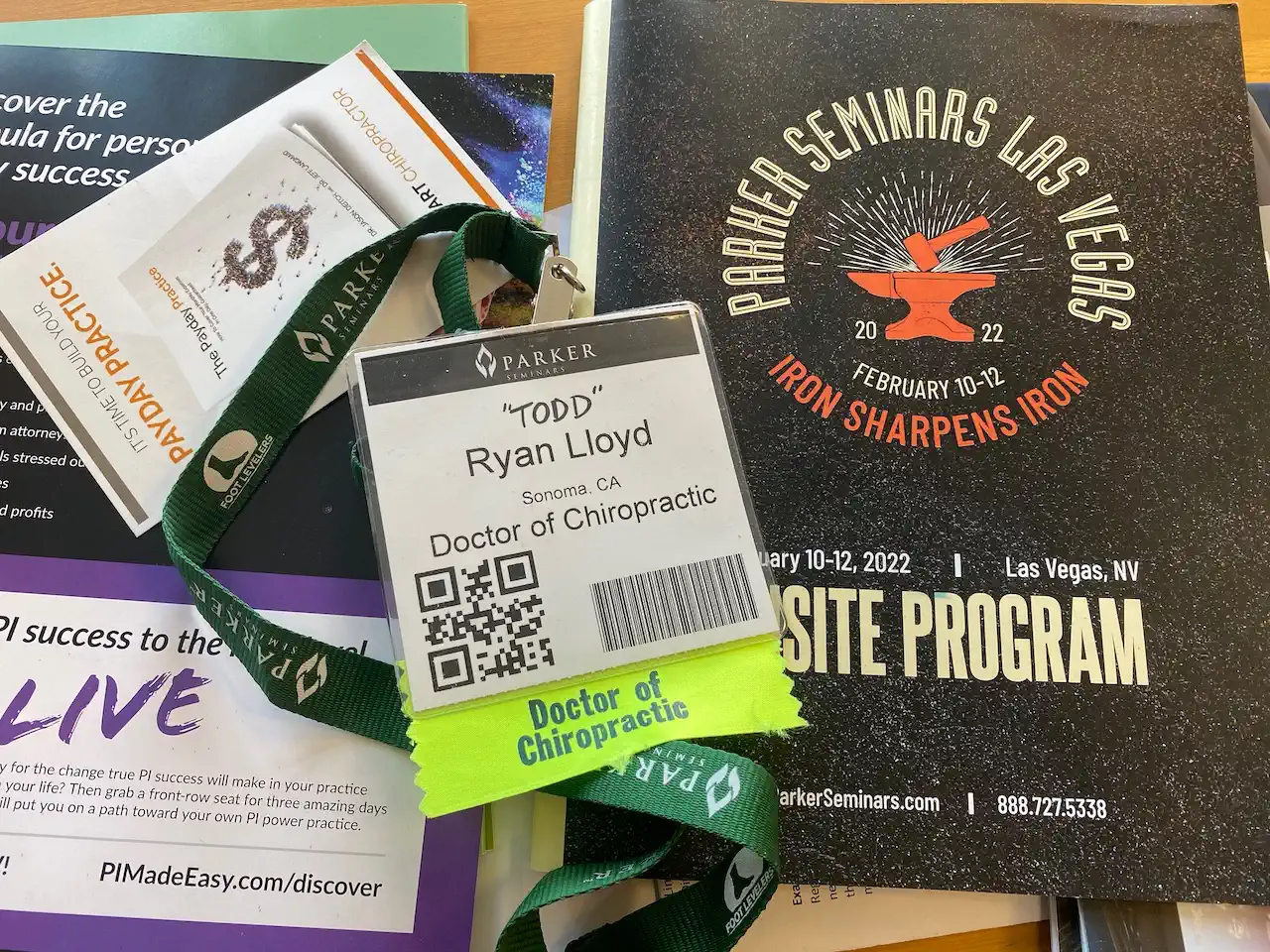
My experience and review.
Every February, the worlds largest chiropractic seminar takes place in Las Vegas, at the Paris Hotel. On that weekend, we take over the whole casino, and we chiropractic it up. This year, it was on the 10th through the 14th.
As usual, it was a blast, and delivered with class. Here are my experiences.
I recently started attending the Parker Seminars several years ago. I most certainly went in 2019 and 2020. 2021 was cancelled because of a certain public health emergency worldwide. 2019, I went with the doctors and staff at Rincon Chiropractic. Fun stuff. I took Felicia, my sponsored athlete, in 2020, and I went solo this year. Needless to say, I enjoy it.
Now when I tell people I'm going to Las Vegas for a seminar, and "I go every year," I get a laugh. But honestly, I'm mostly on my best behavior. It's a weekend of learning, new ideas, and goal setting. I come back recharged, not like I've been spending all of my energy on stuff that isn't helping me grow.
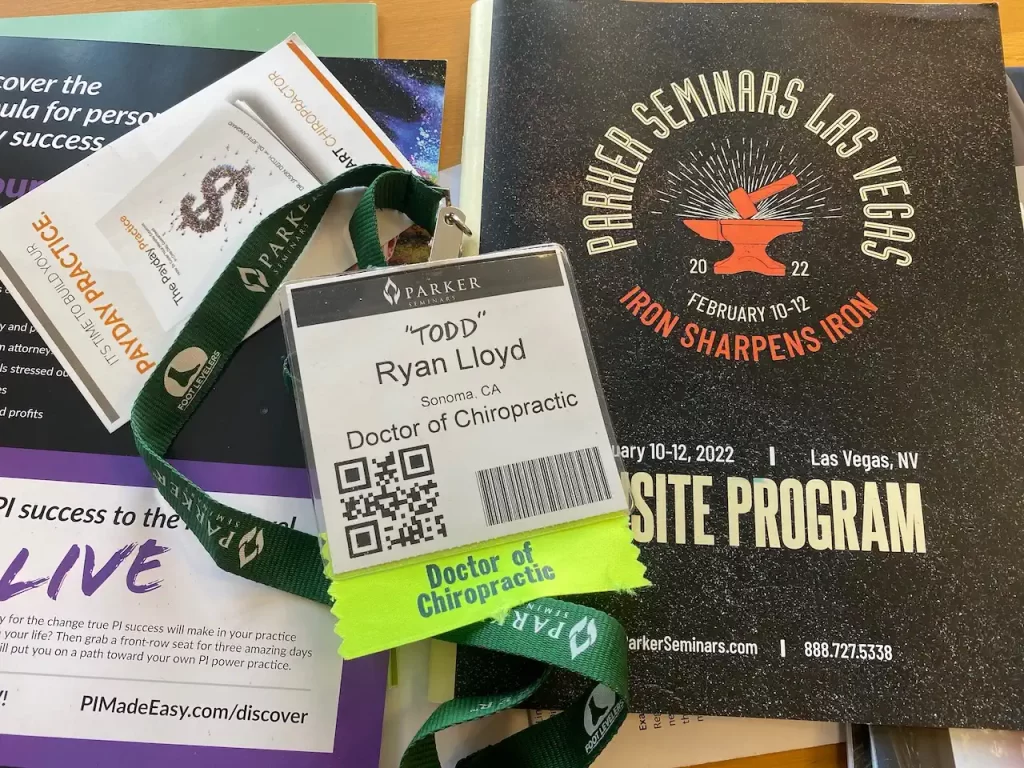
For example, This year I stayed at Bally's Hotel, right next to Paris. This hotel is perfect because it's actually just as close to the conference rooms in Paris as Paris rooms are. This year, I had a goal in my mind to work out at the hotel gym every morning. And I did. Since I wasn't getting to Sav-Up CrossFit, this was my way of keeping myself moving. Of course, if you can work out before engaging in mental tasks, you'll be more alert, and have more energy, and you can pay attention better. It certainly worked for me.
Okay. Let me get my notes. Classes started on Thursday, and since I had already finished my 24 hours of continuing education for the year, I could attend any class I wanted with the luxury of not bothering to see if it has California chiropractic CE credits applied.
I grabbed a little *Ceasars Entertainment* note pad, stole a pen from NCMIC, and I immediately wrote, "Let's crush some goals!"
Because today, we are learning Parker Principles.
I've never done a chiropractic assistant class, which is what CA stands for. This class, obviously was about learning scripts to use for certain situations at the front desk, or when checking patients out, getting them scheduled, and taking payment at the end of their visit. CAs share their responsibility for patient care, and their professionalism at the front with every patient encounter contributes to the patient's experience. One Parker Principle is "LLL," an acronym for "Lather Love Lavishly."
There are certain scripts that assistants can practice saying that can help an office function smoothly. Unfortunately, we never got any handouts. We had to take notes.
Why script, though? You script certain phrases for your day to keep answers concise, approachable, and consistent between staff members. For example, when a patient asks, "do I have to keep coming back for the rest of my life?" Their example answer is scripted, "Only as long as you choose to feel well."
Another example of a script is what you call things or procedures. The waiting room is not a waiting room, it's a "reception area." This should be familiar wording for any chiropractor.
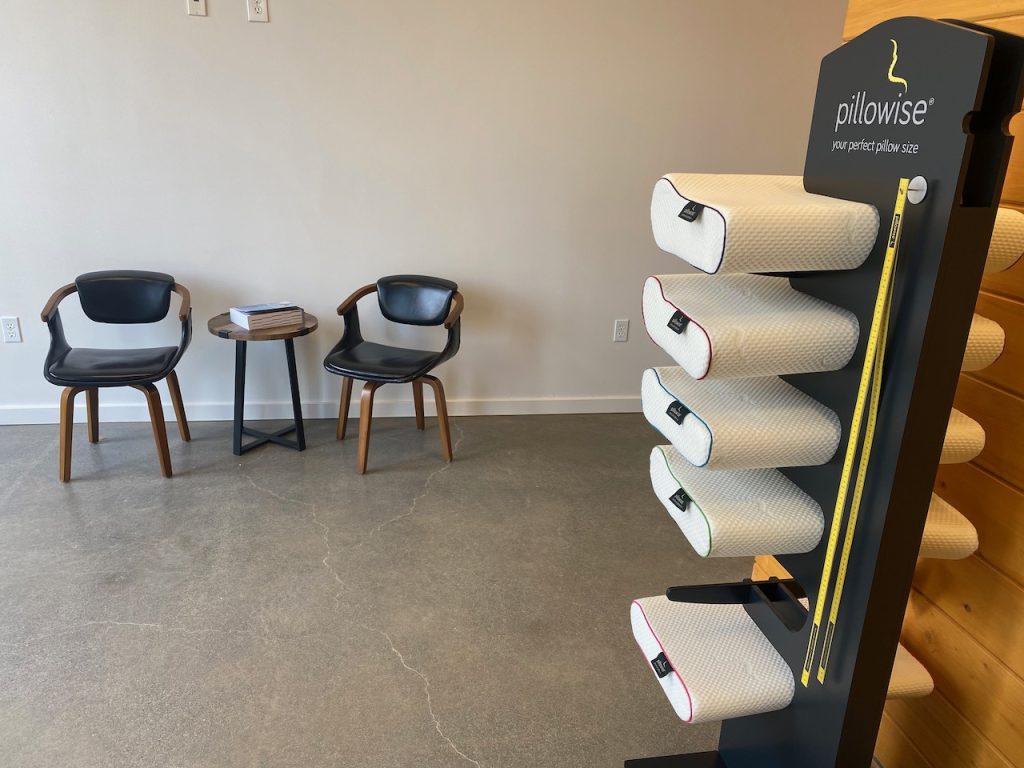
The only way to own it is to practice it. When you practice the phrases in a script, you internalize the language, and you don't have to think about it. You can say it, with the pace and emphasis that is adjusted to meet the patient's tone and mood. You develop FCB, "Faith, Confidence, and Belief."
And doctors should get involved with the scripting process.
A couple more examples I wrote down:
| Don't say: | Instead say: |
| "We have you in our schedule for 2pm" | |
| "I will be able to make that change for you." | |
| "It's great to see you!" | |
| "Challenges" |
And always collect at the time of service. This maintains an "even exchange" between the chiropractic office and the patient. Free has no value. Collect from patients to prevent "ghosts." What are ghosts? Ghosts are those familiar faces you see in the community, who recognize you more than you recognize them, and while you are both in the grocery store, the ghost knows they owe you money, and you see them dart away to avoid conflict, never to be seen again. If there's an even exchange, they remain your neighbor who will continue to greet you. Nothing wrecks a relationship like money owed. Ghosts tell people that chiropractic care did not work; that care has failed them.
"I understand. I am unable to alter the treatment plan."
"Missing today will make you miss one-half of your treatment plan."
Having no plan is a plan to fail. That has some kind of context for the class I went to, but I forget. Clever, though. And finally, the speakers said something that is so true, but if you're a not a chiropractor, you might not have realized: Patients get a better hands-on adjustment when he or she is busy. The doctor is warmed up, and that's just how it goes.
Max Lugavare was the first keynote speaker at Parker. The way Parker works is that you get to choose topics for the smaller classes, and you head to a smaller classroom to attend the class you choose. But several times throughout the weekend, we all gather in "The Venodrome" to attend a keynote lecture.
Max Lugavare strikes me as a pretty smart guy who is largely self taught. He's got a podcast, and he's made some films on the topic of health. He wrote a book called The Genius Life. And in this lecture, he tied together nutrients and micronutrients that contribute or degenerate brain health.
I don't have in depth notes on this lecture because it's a darkened room, and I like to take in the lecture distraction free. One thing I remember taking away from this lecture is that when you chew green leafy vegetables, like kale, especially, when you chew through the cell wall of the plant, you are releasing two different compounds that add together to make a superfood for your brain.
What are those compounds? I guess you and I will have to read the book.
The other memorable thing from this class was from before it started. William Morgan, the Parker president and a fine gentleman, announced that as of an hour prior, the governor of Nevada had lifted the mask requirements for indoor activities.
Standing ovation and cheers.
This is one of the big ones I was looking forward to. This class was taught by Beau Sauls from Kinetic Centre in Dallas, Tx. And, since this clinic of mine had Kinetisense technology, I was up on the front row eager to soak it all in.
Unfortunately for Beau, the AV tech of his presentation was not on his side. Fro some reason, he couldn't play video on his powerpoint presentation, and he lost a lot of what he was going go over. We wasted a lot of time in this class trying to get the presentation reloaded, and that was a shame. Beau was presenting on some cases where runners were developing debilitating knee pain. And with the Kinetisense camera, he was able to track biomechanical faults that led him to rehab the patient with full recovery, and back to running.
One lady had knee pain when running, that was on the inside of her knee. The doctors were able to track knee valgus and hip rotation while running.
But because of the media challenges, I felt Beau rushed through his presentation a little too quickly, and some of his explanations could have been clearer. And this is coming from me, the guy on the front row, familiar with the technology that the Kinetisense captures, and trying to hold on to every concept. Beau's a smart guy, and I hope to connect with him in the future to learn more from him.
As a side, in between classes, I was able to connect with the guys at the Kinetisense booth. They were there once again showing off the technology. I was able to ask them questions and talk shop with them at various points over the weekend. I tried to send some of my friends their way, because I think the tech is great, and I'd like to see chiropractors leaders in this technology.
I remember being let down by this class.
This was one of those classes where I wanted to get pumped up with a new orientation of clinic success that ought to help the community for the greater good. This was one of my dream board classes were I get inspired by another guys' practice, and borrow aspects of it for my own.
What I got when I attended this class was a whole lot of the presenter talking about himself. The presentation consisted of a lot of pictures of himself with chiropractic celebrities (people known only in the chiropractic industry) over the years. And there were stock photos in the presentation that had nothing to do with anything, like a nauseating motivational poster.

It wasn't until the last 1/3rd of the presentation that the doctor started handing out useful information.
He noted that every work day, he and his staff have a to-do list of 5 action items for the day. 5 things he wants to get done. And he gave an example. That's good.
He prints off a patient's x-ray on a business card so the patient can carry around her neck x-ray to show people. Interesting.
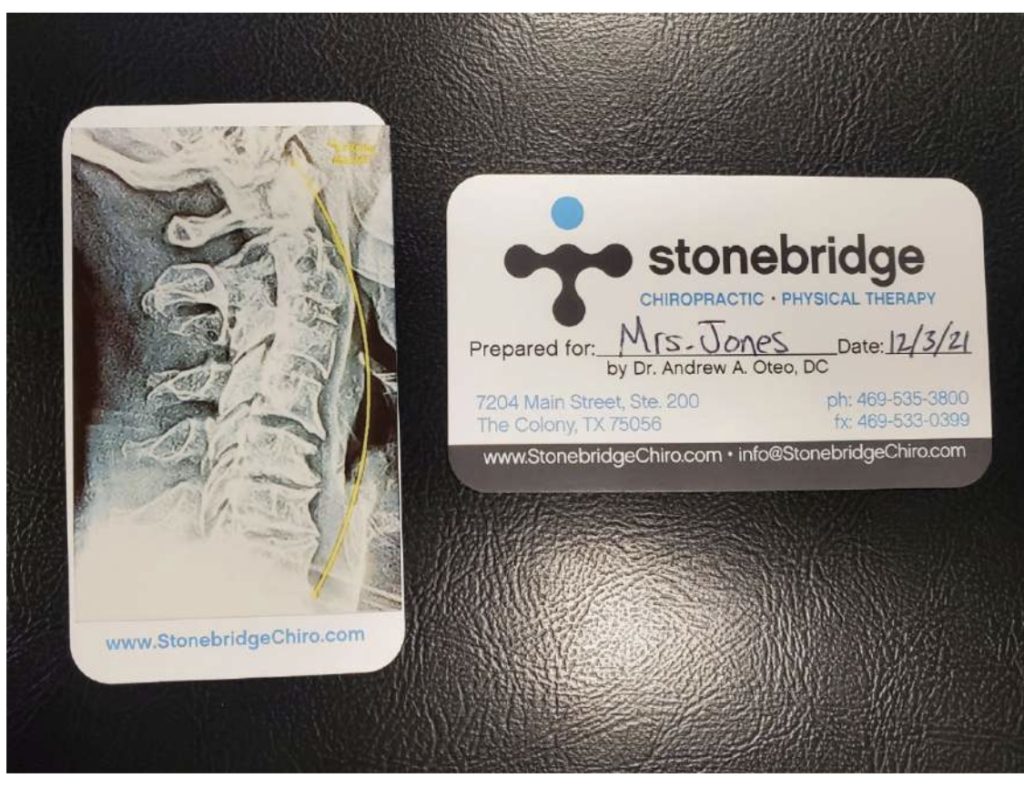
He then started going over John Wooden's pyramid of success, which was pretty good information. I feel like he could have started with this, and built his lecture around it. This is the kind of structured, organized, action-oriented content that I attend these things for. You could spend a whole weekend discussing and learning from this pyramid of success.
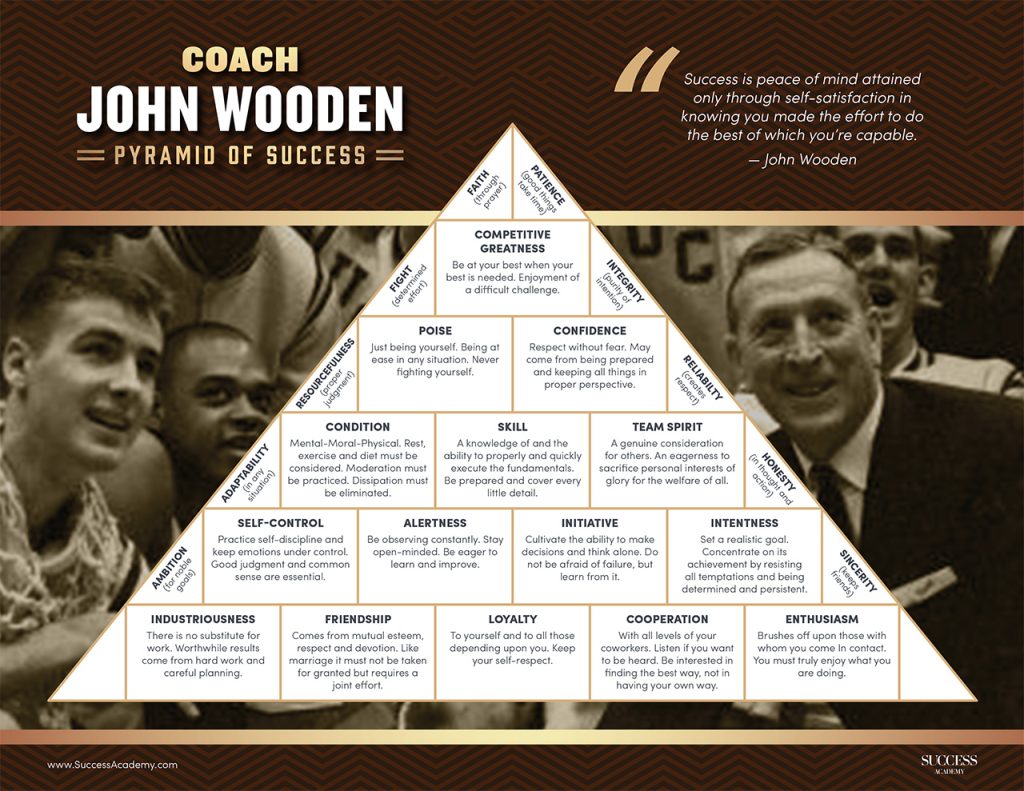
Since I was in this class, and I had to spend the first 2/3rds of it hearing about this guy's own achievements, I decided to take a look at his website, to see if it leaves success clues and ideas to borrow.
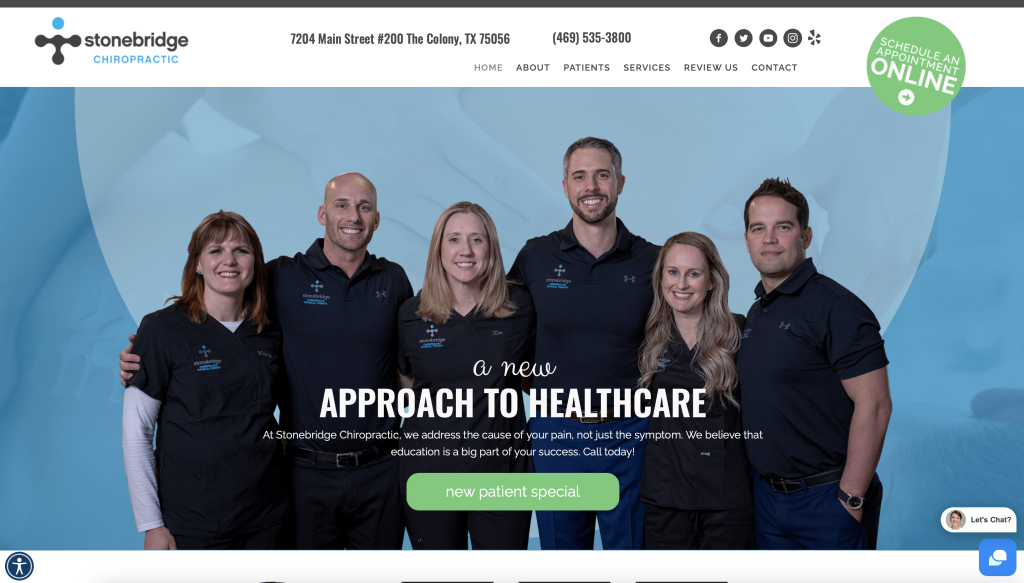
Here's an above the fold screenshot. "A New Approach to Healthcare." Up at the top, he's clearly got his address, the name of the clinic, the phone number, and some social media links that no-one cares about. The big thing here is the "Schedule an appointment online" button in the upper right hand corner. This is the natural location for such a thing, and it's what everyone expects in 2022. Clicking on that link takes you to a $50 new patient special, and there's an intake form to give your information to them through Review Wave.
When you meet the team, you can see that they have a lot of providers working there. Chiropractic and physical therapy. And there's an office tour! My favorite part of a website. The video intro is very well done. Talking narrative over b-roll of the office.
I would have liked to hear a little nuts and bolts of how he put this office together. It looks like an amazing place, and it's the kind of office I like to borrow from.
David Eagleman spoke at the next keynote. He's a neuroscientist who teaches at Stanford University. He also runs a startup called Neosensory. He developed some technology where he developed some haptic feed back vests for the sensory impaired.
If you're deaf, you can wear his vest, which will proved a vibrational buzz on certain parts of the vest to clue you in where sounds are coming from.
In this class, he takes the concept of neuroplasticity and he further develops it into a better description of calling it Livewired. He sees the brain as being much more changing that the term plasticity implies. Brains reconfigure themselves extremely quickly to the outside world.

And that concludes Thursday!
Alright. I took some great handwritten notes on this one. And, I'm coming in lucid and energized from my morning workout! Here we go with some goal setting, some dreaming, and some focus!
This one was taught by Beau Pierce, from Santa Maria, CA. I didn't have high expectations going in, but it turns out, I was captivated by his structured presentation.
New grads are demanding work-life balance. Old guys like me started out cranking through long hours at the clinic, and that can lead to burnout. New chiropractors are demanding vacation time, structured workweeks, and good pay.
This can be hard to match as a business owner, but it also underscores the necessity of being more and more successful. Pierce says chiropractors should be making at least $250,000 a year.
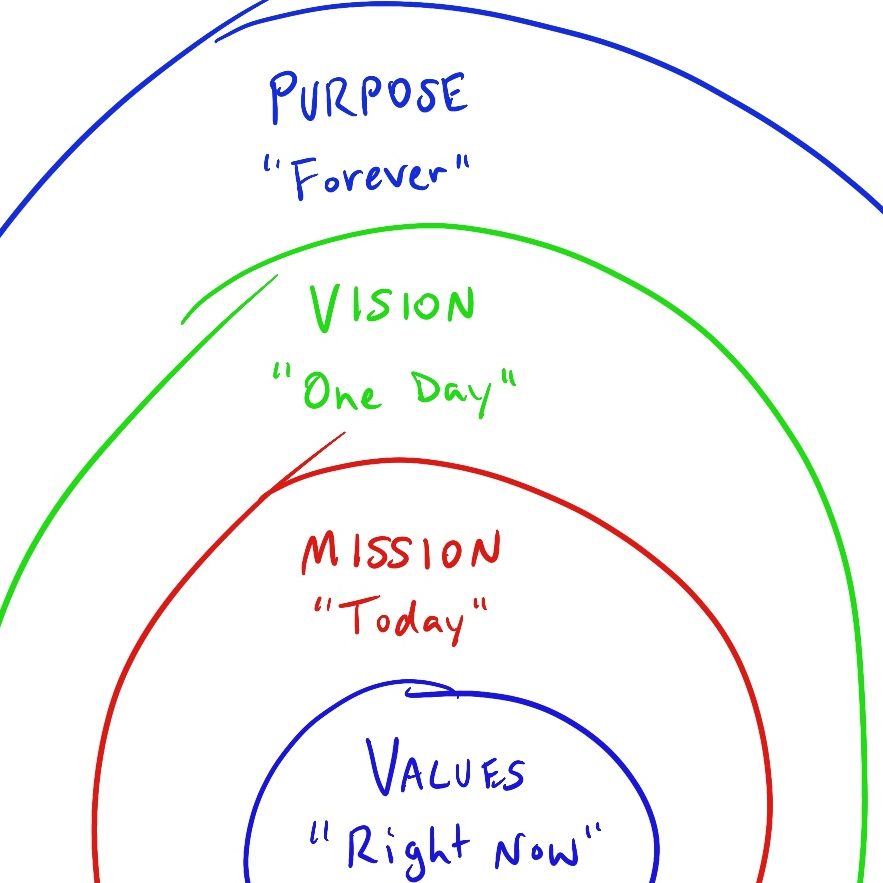
In the presentation, Pierce talked about your purpose, vision, mission, and values.
Purpose is your long term perspective. No matter what you do in your life, you are driven and your are defined by your purpose. It's making your forever decisions. The forever purpose should be made off of an "aha" moment. It is the North Star that guides everything you do.
Vision is how you see your practice or your goals "one day." It's what you want perhaps 5 years from now, or 10 years from now. Maybe even 1 month from now. Close your eyes and picture what you see for the clinic. What does your day 1 and day 2 flow look like? Flow of patients? What happens when you succeed? Are you ready for success when it comes? Some people don't know how to handle success. What would happen if every patient said "yes" to your recommendations?
What differentiates you? Don't know? Use photo and video. Use visuals. They are powerful.
Mission is the stuff you want to get done "today." It's boots on the ground action that you have to get done before day's end to drive you toward your vision.
Values are also forever, but they are what defines your moment by moment action. It helps you decide what small decisions you make every second of your day. It's your character.
Create clarity by taking notes. "Ultimate Clarity" comes form writing down what you are learning and what you are working on. Confused minds don't buy. The most successful businesses are the simplest. Take what you have created and simplify.
What was your founding story?
Dream practices aren't there by mistake. They're built. Build it brick by brick. Make each video that you do for one person at a time. That's a brick, and slowly you build a foundation.
This was a keynote presentation delivered by Jerome Adams, MD, the immediate past surgeon general for the United States of America. Here's a pic:

Not many notes to report here. Dr. Adams gave us his story of moving up from growing up poor and disadvantaged, to being the top doc in the country. Looking at his twitter feed, I get the impression that he wasn't 100% comfortable going maskless with us. Of course, I'm not afraid of germs, so I was fine.
While presenting, he talked about the important role that chiropractors play in reducing and preventing the opioid epidemic. As a matter of fact, the Guidelines of the American College of Physicians (ACP) published in 2017 in the Annals of Internal Medicine for acute and subacute back pain says, "clinicians and patients should select non-pharmacologic treatment with superficial heat massage, acupuncture or spinal manipulation,"
Exercise, rehabilitation, acupuncture, and spinal manipulation are shown to improve symptoms with little risk of harm. Further, if these non-medicine treatments do not work, patients and their doctors should discuss medicines.
Chiropractic care offers a non-pharmaceutical, noninvasive, and cost-effective alternative for pain management.
This one was another class that I took as a curiosity. I've heard Noel Lloyd speak on a podcast before. I always saw him as a throwback to an earlier generation of chiropractors who x-ray every patient, never adjust on the first visit, and demand a long, long care plan. This is the kind of guy who measures his outcomes in money.
And that's a perspective I was looking for.
One of the positive that I got out of Lloyd's presentation is that if you develop systems in your chiropractic practice, the system will carry you. ( I guess I'm just talking to myself. Who else has their own chiropractic practice who's reading this?)
Frame yourself as a leader. The patient is a follower.
I guess there's nothing wrong with that. It just seems outdated and unfriendly to today's patient with lot's of choices.
But, patents also have a role to play in the system of the office. They are trained to do their role, just like I'm trained for my role when I attend CrossFit.
Build, use, and link systems together. Noel likes his doctors to memorize scripts, just like in the CA class.
Send the patients home with a home-care sheet. Circle the important parts.
Josh Satterlee is a guy I enjoy listening to. He claims he's a reformed bad communicator, but I've never heard him communicate badly.
He says we are confronting patients with high-trust questions in a low-trust setting. In other words, new patients don't necessarily want to tell you about blood in their poop, or pain during intercourse. These are high-trust topics, and they want their low-trust low back pain taken care of.
Nugget of wisdom: Send a pre-appointments text message. Include a picture. This builds trust, and it guarantees the message will be read. Link to a map leading to the clinic.
Listen: Patients will talk for about 2.5 minutes before pausing. Doctors usually interrupt in 17 seconds.
The best communicators are trained, not born.
Michael Phelps is a very driven athlete. He's competitive, he's consistent, and this shows with his 28 or so gold medals. But this sit down interview with Parker's Dr. Morgan was a little...forgettable.
Except for one little interruption in the audience where there was a medical emergency... I'm not sure what happened to that guy.
This Michael Phelps thing at the end of the day was just not that fulfilling. And, I couldn't even get a picture with him. I'm not a VIP. Maybe next year they'll put me on the VIP list.
Saturday!
This one was delivered by the ever amazing Jeff Langmaid, who I consider a friend.
Jeff talked about how valuable an asset an email list is, and that most doctors in practice have a collection of patient emails that number in the thousands. And by the nature of the doctor-patient relationship, our email lists tend to have a better open rate than most.
He says that email is a critical component of marketing for any business. Even my notes sound like Jeff. Email is underutilized. Is your email dialed in? An email list plus automation is the most valuable asset in practice. Even more so, says Jeff, than owning your building. Email is 4000% ROI.
Patient activation, retention, reactivation. Loop it.
Do you have a leaky bucket? Teach and invite consistently. Teach, and a call to action.
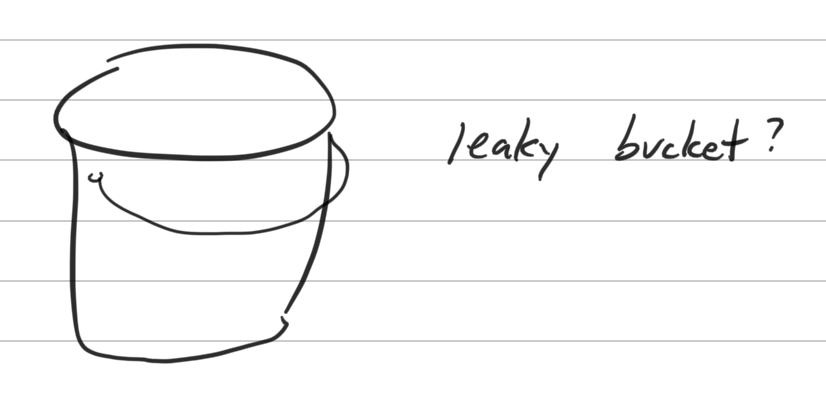
Emails can be a new patin onboarding sequence, a consistent new and teaching campaign, and retention campaigns.
Lead generation comes from the website. How many website visitors do you have every month?, Jeff asks. A website should have an opt-in that also has a 7 day class. "7 days to Back Pain Relief."
Onboarding new patients through email controls the new patient's experience. Improving retention during active care. 25% of patients don't finish their active care plan.
Onboarding for success.
Constant reactivations. Teach and invite consistently.
Emails are short, and they DRIP info over time.
Subject lines should grab attention. Keep it short and sweet, and use familiar sender's name. Use action verbs. Tell what's inside, in the subject line. "[firstname], Find Relief starting today..."
After a killer headline, develop a body that educates, engages, and entertains. The purpose of each line in an email is to get people to read the next line.
Which leads to:
The Call to Action. Be clear and direct. Confusion kills conversion.
A reactivation campaign can be done once per week. The best day of the week to email is a mon-fri day of the workweek.
There are transactional emails through the clinic's EMR, and there are Marketing emails through mail chimp.
Langmaid did a great job on this one. It was engaging, and I get pretty motivated to get started with this one. One of the hurdles that I have to get through is to explain to patients in Jane that the mail chimp emails are there for their benefit, so I can educate them on how to get the most out of their chiropractic care.
Mark Hyman delivered the next keynote. He talked bout his experiences of turning around the health of his patients by altering their diet and supplement prescription. Getting people off of pharmaceutical drugs, and back to health. He will often do a blood test to measure certain markers. In some cases, he had to actually tell his patients to eat less fish because of mercury poisoning.
It was at this point that I started craving sushi. I got some that evening, but only at the end.

The next class was a fun one! Not too long ago, I bought Nikita Vizniak's book, Clinical Chiropractic, and I was glad to see him present on stage. His co-presenter, Katherine Chung was pretty fun too.

In their class, they talked about body leverage during chiropractic adjustments. Dr. Nik is pretty heavily influenced by Brazilian Jiujitsu, and he applies a lot of what he learned into his body mechanics when adjusting others.
But I'm already an amazing adjustor, so the next hour, I moved on to:
There were other classes I wanted to attend this 2:30 hour, but I thought I should go see Carl Cleveland, III while I still can. I think he said he's 75 or so years old.
In this presentation, he talked about his rich family history in chiropractic practice and education. This guy is a treasure in our profession.
He segue'd his history lesson into some of the current concepts of chiropractic care in that Foundation for Chiropractic Progress booklet he authored. There's so much great information in that booklet that I had to go right away to the FCP booth to snag myself another copy.
I'm glad I got to see Carl Cleveland speak.
This was Dr. David Perlmutter. The last class of the weekend.
This guy was hilarious. Cracking dry jokes the whole time. He got up there and had such a well-planned, and well-structured presentation, of uric acid of all things. Uric acid is that stuff they measure in gout. But it turns out, uric acid can also be a marker for metabolic disease.
I enjoyed this presentation. I bought his audiobook, which was yet to be released 2 days later. But in retrospect, I'm fascinated that he was able to take one mundane link in the metabolic pathways, and expand on the subject into a whole book with his publisher's full support and marketing. This is a topic that started out with him taking a deep dive into Uric acid after listening to a Peter Atilla podcast, and he turned it into the most important thing ever.
Aside from this blog post, I haven't even written one book, and he manages to squeeze out 200 pages on the top of Uric Acid!
Amazing.
See you in 2023!